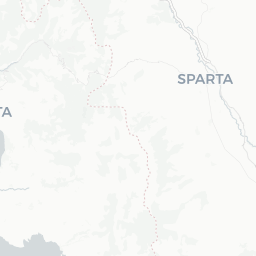






Kouphovouno project: study season 2004
Assessment and Analysis: Study season
The main objective for this season was to complete the study of Areas A, D, E and F: the former two were trials made in 2001 but were not part of the land purchased in 2002, and so will not be excavated further. Likewise Areas E and F had an overburden of historical levels and hence, given the aims of the project; are unlikely to be a priority for further work. In addition there were tasks which it had not been possible to complete during the full excavation season last year: sorting of the residue from the soil sample flotation, digitising plans and entering relevant data on AutoCad for the GIS programme, finds processing (pottery, chipped stone, ground stone, animal bones, small finds), digital photography of finds, entering of excavation records on the database and a general check to make sure all electronic records were up-to-date and accurate. Study of the pottery focused on Areas A, D, E and F. Particular points of interest, taken chronologically, include the complete Middle Neolithic vessels found in the deepest contexts in Area F (0515-0520), together with patterned, scribble-burnished and monochrome Urfirnis. There were few Late Neolithic contexts in these areas but D0308 and 0311 have Black Ware, Grey Ware and some Matt-Painted. Area D also has the best Final Neolithic contexts, in particular 0309 and 0310. The pottery is typically heavy, not particularly well made and inconsistently fired, so that the surface colour is very variable. A0004, the stone-filled pit in Area A, contained a large quantity of pottery which, apart from a few residual Middle Neolithic and Late Neolithic sherds, appears to be consistently Early Helladic 2 early and should help to define this period ceramically in Laconia. The fine ware vessels consist of sauceboats, bowls and jars but it is in the coarse wares that we see local characteristics, such as large bowls with plain diagonal cordons. Chipped stone artefacts from Areas A, D, E and F were studied by Dr Anna Karabotsoli. 134 were recovered and of these 73% were of obsidian. Armelle Gardeisen had already studied the animal bones from the 2001 excavation season, and this year she examined contexts from Areas B, C, E, F and G. So far some 2,784 fragments have been examined of which only about one third (918) could be identified, due to the notable fragmentation of the bones and the deposit of mineral concretions on the surface. In general the main domesticates are represented and wild animals are not common, though boar and deer are attested. The samples from contexts of historical date (Areas E and F) were too small for analysis. In the prehistoric periods there are not, at the moment, marked differences from one period to another.
Active in 2004.

